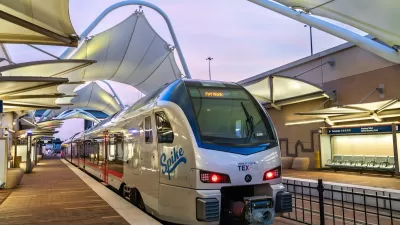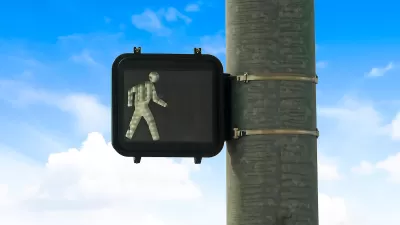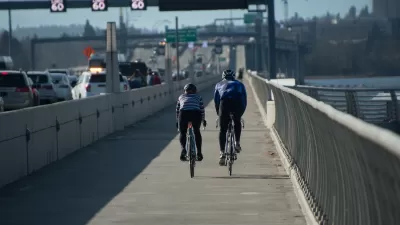The editorial board of The Urbanist lays out their plan for a reimagined Third Avenue that plays to the strengths of the corridor while improving safety and transit service.

The Urbanist’s editorial board speaks out in favor of a bold and actionable plan for Seattle’s Third Avenue, one of the busiest transit corridors in the country but “a place where many a plan goes to die.”
At The Urbanist, we believe the Third Avenue plan must focus on improving transit service and pedestrian safety. Some sections have great opportunities for street art, pocket parks, and sidewalk cafes. If we make the street more walkable and the bus stops pleasant, safe, and busy, then street life will follow.
The board writes that the plan “should also recognize and promote the unique strengths and needs along each of the distinct sections of the street,” and recommends treating each of the street’s four segments separately, using street design to enhance each neighborhood’s existing assets.
The board also calls on the city to invest in ways to help people facing mental health and substance abuse crises, citing the rise of mental health issues and opioid use during the pandemic, which, in addition to harming users, has also led to an increasingly negative public perception of Third Avenue and, more broadly, the city’s public transit.
According to the board, “Policymakers must acknowledge that Third Avenue is going to continue to be a transit workhorse, but it can be walkable and loaded with street activation, too.” Cautioning against more lofty but unattainable plans, the board writes, “But what we need isn’t another big dreamy visioning exercise that goes nowhere or settles on a small incremental change. There are actions and investments that could be made that would produce real results.”
FULL STORY: An Urbanist Vision for Seattle’s Third Avenue

Alabama: Trump Terminates Settlements for Black Communities Harmed By Raw Sewage
Trump deemed the landmark civil rights agreement “illegal DEI and environmental justice policy.”

Study: Maui’s Plan to Convert Vacation Rentals to Long-Term Housing Could Cause Nearly $1 Billion Economic Loss
The plan would reduce visitor accommodation by 25% resulting in 1,900 jobs lost.

Planetizen Federal Action Tracker
A weekly monitor of how Trump’s orders and actions are impacting planners and planning in America.

Waymo Gets Permission to Map SF’s Market Street
If allowed to operate on the traffic-restricted street, Waymo’s autonomous taxis would have a leg up over ride-hailing competitors — and counter the city’s efforts to grow bike and pedestrian on the thoroughfare.

Parklet Symposium Highlights the Success of Shared Spaces
Parklets got a boost during the Covid-19 pandemic, when the concept was translated to outdoor dining programs that offered restaurants a lifeline during the shutdown.

Federal Homelessness Agency Places Entire Staff on Leave
The U.S. Interagency Council on Homelessness is the only federal agency dedicated to preventing and ending homelessness.
Urban Design for Planners 1: Software Tools
This six-course series explores essential urban design concepts using open source software and equips planners with the tools they need to participate fully in the urban design process.
Planning for Universal Design
Learn the tools for implementing Universal Design in planning regulations.
Caltrans
Smith Gee Studio
Institute for Housing and Urban Development Studies (IHS)
City of Grandview
Harvard GSD Executive Education
Toledo-Lucas County Plan Commissions
Salt Lake City
NYU Wagner Graduate School of Public Service





























